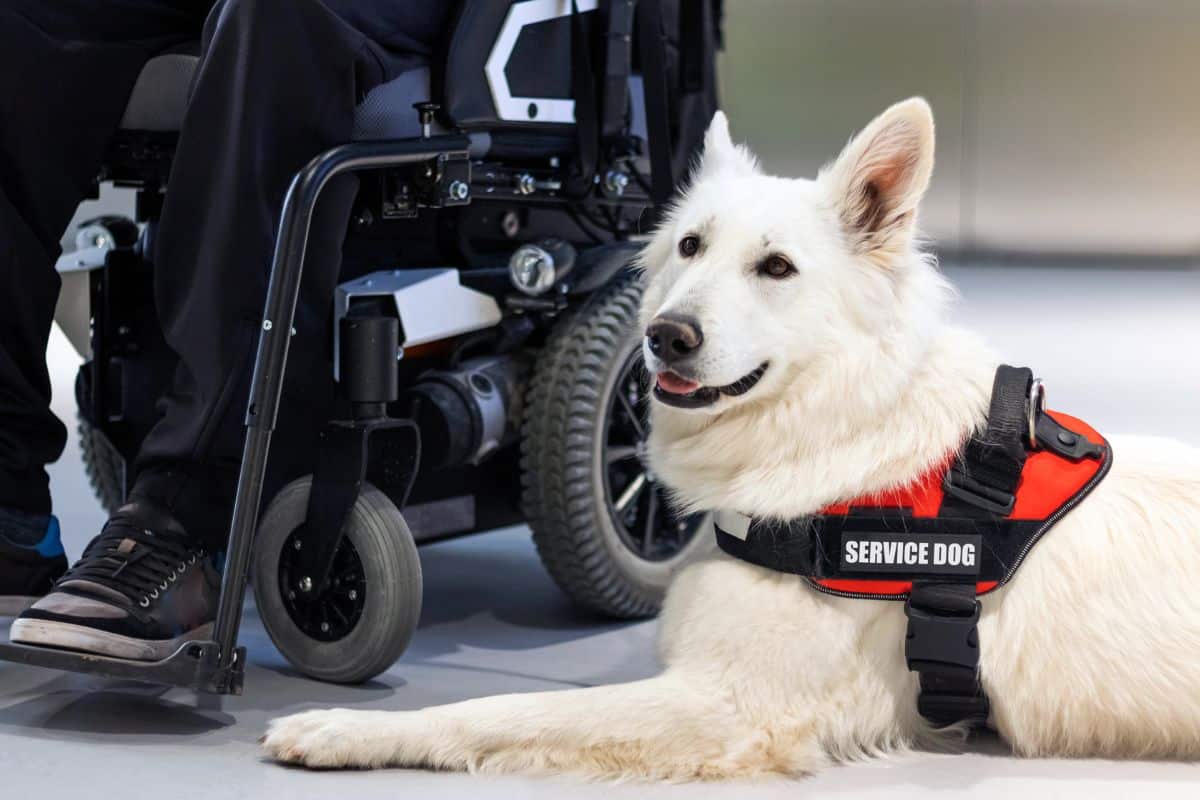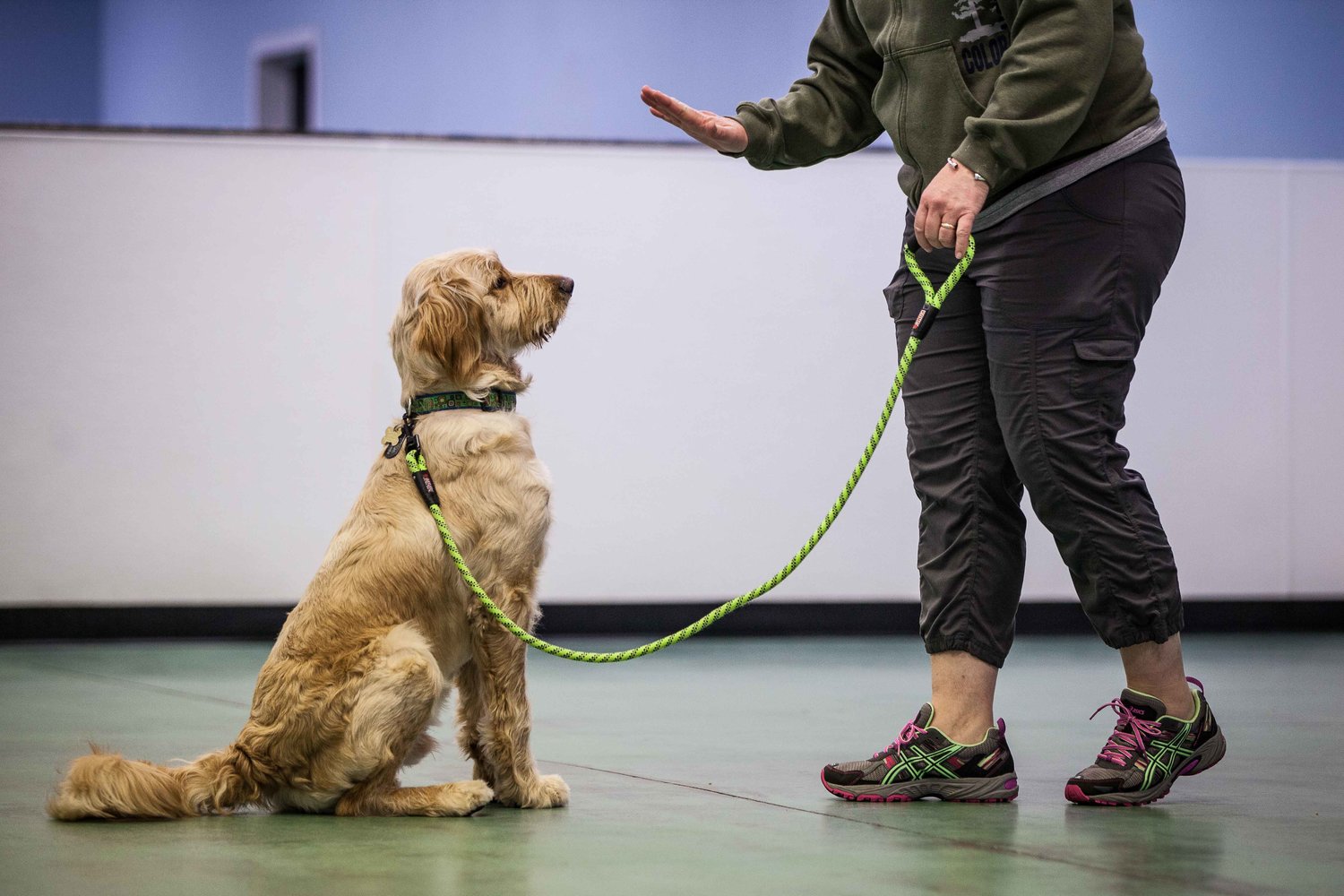Newbie's Guide to Effective Pet Training in the house
Efficiently training a pet in the house calls for a nuanced understanding of canine behavior and effective interaction methods. Developing clear training goals, utilizing top notch rewards, and preserving consistency throughout member of the family are critical elements. Additionally, integrating training right into everyday regimens can boost both engagement and retention. Several amateur fitness instructors experience challenges that may hinder progress. To browse these intricacies efficiently, it's important to discover several essential elements that can transform your method and cause a harmonious partnership with your animal. What fundamental concepts should every beginner grasp to make certain success?
Recognizing Pet Dog Actions
Recognizing dog actions is necessary for efficient training and fostering an unified partnership between people and their canine buddies. Pets interact primarily with body language, vocalizations, and faces, making it essential for owners to translate these signals accurately. Recognizing habits such as tail wagging, roaring, or cring can provide insights right into a dog's emotion and intents.

Common behavior concerns, such as hostility, anxiety, or excessive barking, frequently stem from misunderstandings or unmet demands. Observing and resolving these problems promptly can stop rise and make certain a positive training experience. By fostering a deep understanding of dog behavior, owners can customize their training approaches to fit their canine buddies, inevitably resulting in a well-behaved and satisfied pet dog.
Important Training Devices
A fully equipped training room can dramatically boost the performance of dog training at home. Vital training tools make certain that both the fitness instructor and the pet dog can engage in efficient sessions that foster learning and bonding.

Buying a durable leash and a comfy, well-fitting collar or harness is important for safety and control. These tools aid develop limits and make sure the pet dog continues to be protected throughout training. Additionally, a marked training location, devoid of distractions, aids concentration for both the trainer and the pet dog.
Training aids such as training pads, cones, or dexterity equipment can additionally boost the experience by introducing variety and difficulties. Having a notebook or electronic app for tracking progression can be indispensable, enabling you to keep in mind successes and areas for enhancement. Making use of these essential devices will certainly create a favorable training atmosphere and lay the foundation for reliable understanding.
Creating a Training Regimen
Establishing a consistent training routine is vital for efficient canine training in your home. A well-structured routine not only helps in strengthening desired behaviors but also supplies your canine with a sense of safety and security and predictability. To produce an effective training regular, start by recognizing details training goals, such as basic commands, chain walking, or house-breaking.
Choose a designated time each day for training sessions, preferably when your pet is receptive and sharp. Sessions should be short, about 5 to 15 minutes, to maintain focus and prevent tiredness. Uniformity in timing and environment will boost your canine's understanding experience.
Incorporate training right into daily tasks to strengthen abilities. For instance, practice commands throughout walks or nourishment, which incorporates discovering into natural regimens. In addition, remain adaptable and readjust the regular as needed, fitting your pet dog's power degrees and mood.
Positive Support Strategies
Positive support strategies are basic to reliable pet training, advertising wanted behaviors via incentives rather than punishment. This technique uses favorable stimulations, such as treats, praise, or playtime, to urge dogs to repeat specific activities. The keystone of this method is timing; incentives must be provided quickly complying with the preferred actions to develop a clear organization.
When carrying out favorable reinforcement, it is important to pick incentives that are motivating for your dog. High-value treats, such as tiny items of chicken or cheese, can be particularly efficient during training sessions. In addition, varying the rewards can preserve your dog's passion and enthusiasm.
Begin with straightforward commands, like "rest" or "stay," and progressively development to much more complicated jobs. Consistency is vital; make sure that all member of the family use the exact same commands and incentive systems to prevent complication.
Moreover, it is vital to continue to be person and stay clear of disappointment. Canines, like humans, find out at their own pace. By fostering an encouraging training environment through favorable reinforcement, you can boost your pet dog's discovering experience while reinforcing the bond in between you and your fuzzy friend, laying the groundwork for successful training outcomes.
Usual Educating Obstacles
While educating a dog in the house can be a satisfying experience, it frequently comes with a set of common obstacles that can examine both persistence and uniformity. One prevalent problem is diversion. Pets may come to be quickly averted by noises, movements, and even scents in their atmosphere, making it tough to maintain their emphasis throughout training sessions.
Another obstacle is inconsistency in commands and reinforcement. If member of the family use various signs or benefits, it can perplex the pet dog and hinder development. Establishing a unified strategy is important for effective communication.
Furthermore, canines can experience disappointment or stress and anxiety, specifically if they do not recognize what is anticipated of them. This Full Article can cause unfavorable behaviors, such as chewing or barking.
Lastly, the timing of reinforcement is vital (Dog training). Delayed benefits can decrease the performance of favorable reinforcement, as canines might stop working to connect the behavior with the benefit
Getting over these difficulties calls for commitment, clear communication, and a structured training plan. Acknowledging and dealing with these usual obstacles will lead the way internet for an extra satisfying and effective training experience at home.
Conclusion
Finally, effective pet dog training at home demands an extensive understanding of canine actions and effective communication techniques. By establishing clear training goals and using high-quality treats alongside positive support, the training procedure becomes more rewarding for both the pet and the fitness instructor. Consistency, perseverance, and versatility are necessary elements that facilitate knowing. Ultimately, integrating training into everyday routines improves the bond between pet and owner, making the experience both enjoyable and effective.
Developing a constant training regimen is important for efficient Discover More Here dog training at home.Positive support techniques are essential to reliable pet training, promoting desired habits with benefits instead than penalty (Dog training). By fostering a helpful training environment with positive support, you can improve your pet dog's understanding experience while enhancing the bond in between you and your hairy companion, laying the foundation for successful training end results
In conclusion, successful pet training at home requires an extensive understanding of canine behavior and efficient communication methods. By establishing clear training objectives and utilizing top quality deals with along with positive reinforcement, the training process ends up being a lot more gratifying for both the dog and the instructor.